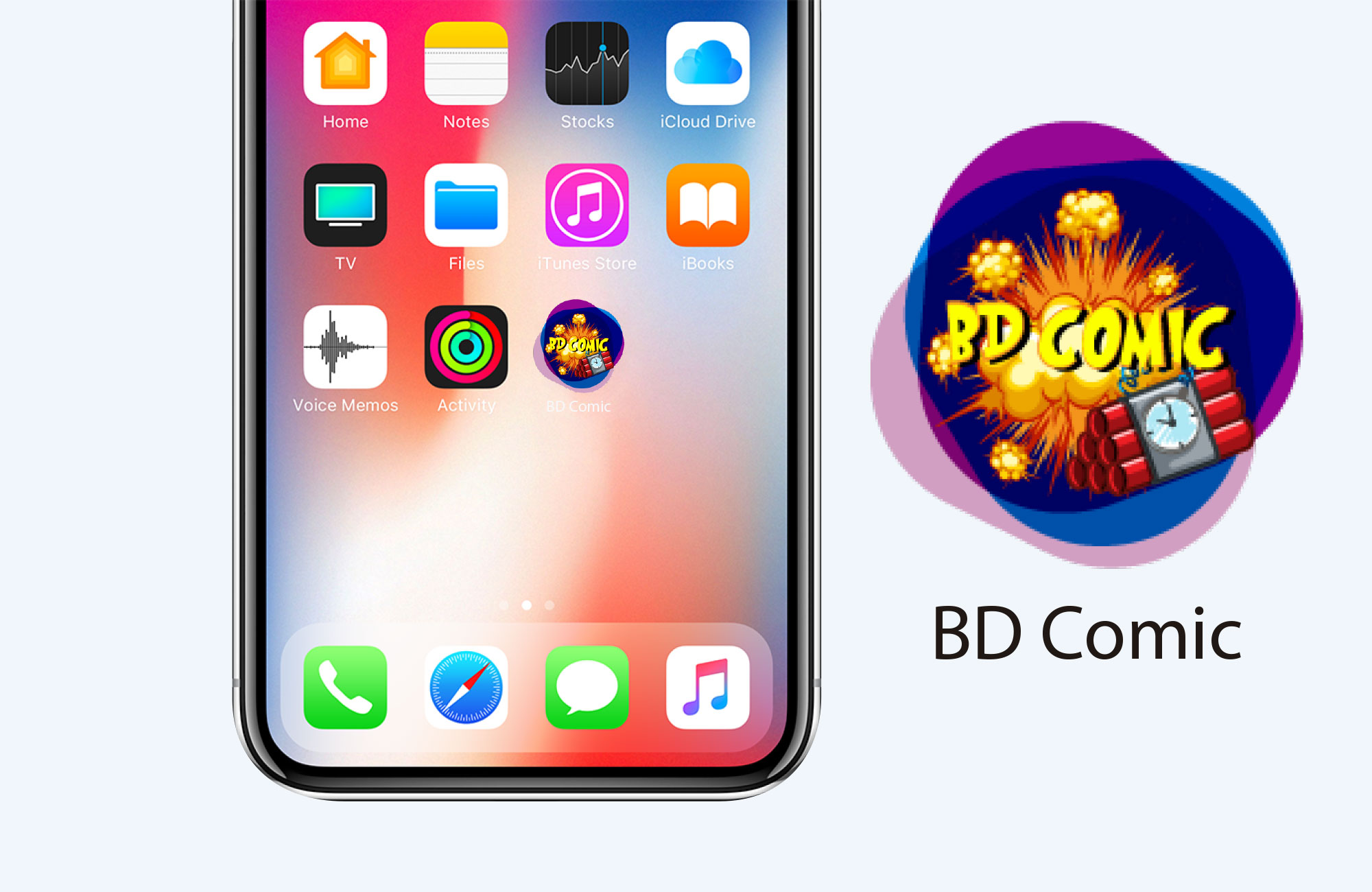
Approach
We act as an extension of mobile & web development departments within tech companies by providing remote staff augmentation. Our multidisciplinary development teams constantly collaborate with the in-house departments and undergo many iterative improvements and complete process transparency.
Capabilities
By extending our client's teams, we provide a complete development lifecycle, including UI/UX design for mobile and web applications that helps innovative companies and established brands achieve their business goals.
Front-end
- Requirements gathering
- Rapid prototyping
- UI development
- Business logic implementation
- 3rd party integrations
Back-end
- API design & development
- Database architecture
- Microservices
- Continuous integration
FAQ
-
What is your app development process?
During any of our mobile app development or web application development processes, we tend to keep to the following structure:
-
Collection of requirements and creating an initial concept
We begin with collecting necessary information and the desired requirements. And to build a clear vision of the required functionality and visual aesthetic, we build a high-level concept. You can imagine it as a prototype for a car; it’s far from driveable, but the model helps engineers to visualize and analyze all of its parts. -
Define an MVP and its roadmap
Once we have a solid product future vision, we begin to define a business roadmap of how to reach a proof-of-concept design. Including only the core features into an MVP, while creating a plan for secondary features. -
Design a data structure and API
Most modern apps offer a simple interface for back-end functionality. Whether it's a mobile or a web app, it directly interacts with the end-user with various data via its server. Therefore, the success factor of an app depends on the quality of the back-end. Thus, when building a new system, we usually start with the back-end. But if you have your back-end prototype, we will try our best to work with it. -
Proof of concept
Next, we create a proof of concept prototypes, allowing our team to verify assumptions to avoid potential pitfalls or failures. -
Laying a foundation
Once we confirmed the approach to building the intended features, we start creating a software foundation. That includes a design system, UI/UX design, interactions, widgets, along other tools and utilities. -
App development
During this step, we build each app functionality iteratively, ensuring we are moving fast while maintaining a solid architecture.
-





